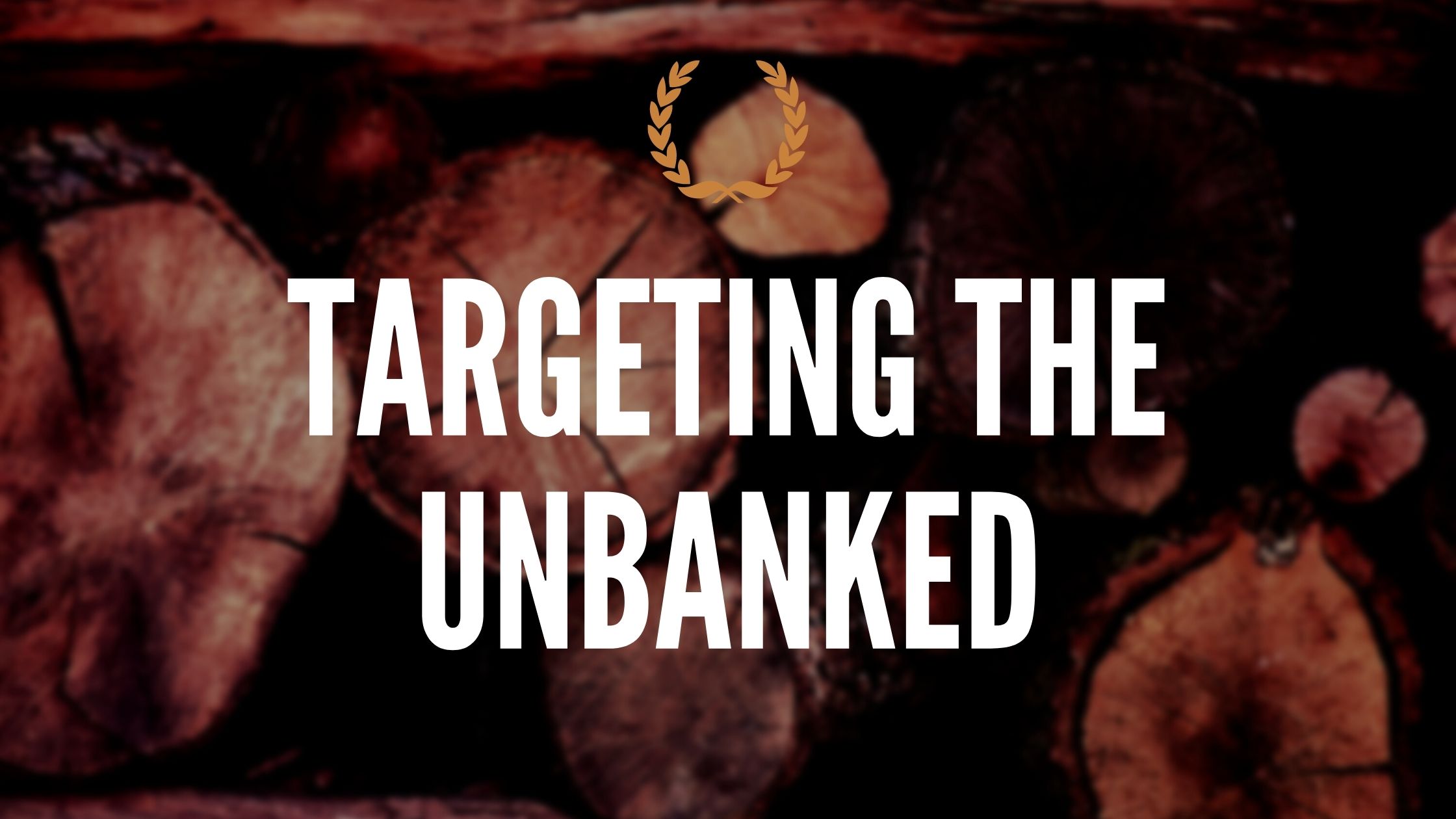Consumers who have grown frustrated with their existing banks are low-hanging fruit ripe for neo and digital banks’ picking. Traditionally, bank processes and approvals have been slow and tedious. As banks make money on the spread between what they pay depositors and what they charge borrowers, they have been known to focus on big-ticket corporate accounts, which represent the majority of their asset base. As a result, retail banking has not been a priority.
The unbanked, on the other hand, is a different ball game.
Targeting the unbanked

Those who don’t own a bank account, or any formal account for that matter, cited not having enough money as the main reason, according to the BSP’s 2017 Financial Inclusion Survey. This was followed by lack of need and lack of documents required for know-your-customer (KYC) procedures.
Over the past few years, however, there’s been greater effort to introduce financial services to the unbanked, who are spread across urban and rural areas.
Startups have cropped up to unbundle banking products and services, and offer alternatives. For example, lending startups allow the unbanked to borrow money by using artificial intelligence technology to assess their creditworthiness.
E-wallets allow those with no bank accounts to pay online and digitally at physical stores via prepaid cards or QR codes on their smartphones.
The new tech solutions were partly driven by BSP’s “test-and-learn” approach, which allowed, among others:
Non-financial institutions like e-wallets to issue electronic money
Agents, like pawn shops, convenience stores and sari-sari (neighbourhood) stores, to service consumer cash in/out via e-wallets
KYC screenings to be conducted online
Ease of topping up balance is among the sticky points for e-wallet adoption among the unbanked. There are also concerns around security and safety, so being able to quickly withdraw money is key. The players have tried to address these issues by building a network of cash in/out agents and enabling ATM withdrawals. They also use promos and cashbacks to lure users in.
Neo and digital banks may also be facing these hurdles. But one workaround is tying up with an e-wallet that already has a wide agent network. Just like what CIMB did.
The ability to reach the unbanked becomes tougher, however, as you move into rural areas.
Agent-based banking
Bank branches are few and far between in rural areas. That has a lot to do with the country’s geography—the Philippines has more than 7,600 islands. Plus, with the focus on corporate banking, banks and their ATM facilities are mostly located where most companies are—in the highly urbanised national capital region and surrounding provinces.
In rural areas, consider the following factors:
Internet connection and speeds tend to be unstable, making it hard to use online services
Most merchants accept cash rather than card and QR code payments
Income levels are lower than urban areas
“E-wallets are still operating in very urban places because that’s where the facilities are,” says a former GCash executive.